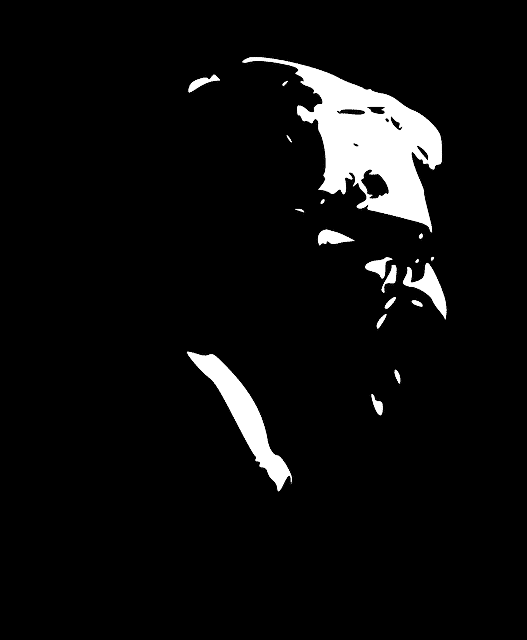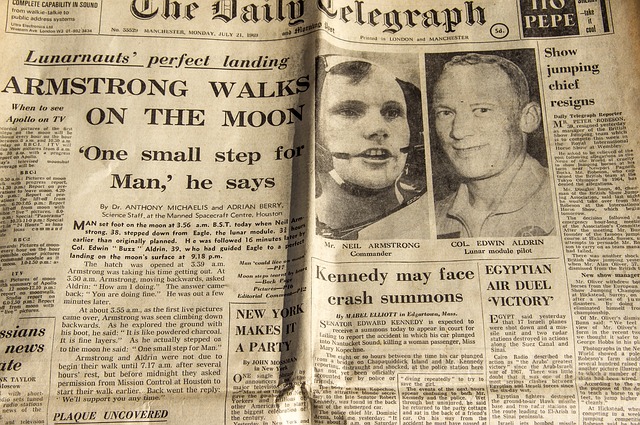
Ray Bradbury included a well-known epigraph in his book "Fahrenheit 451."
According to its etymology, the word epigraph comes from a medieval Latin word that in turn later passed into Greek until it adopted the form with which we know it today. Depending on the context, the term can have various uses. Here we present some of them.
In the RAE dictionary it is defined as a summary, sentence or quote that precedes the chapters of a work, which may be an essay, literary text or speech of another type; It should be noted that, in works divided into chapters, it is common for epigraphs to be included before each of the parts. Likewise, an inscription carved in stone or on molten metal can be called this way.
Characteristics of an epigraph
When used in a text, an epigraph (whose plural is epigraphs), serves to illustrate, clarify or synthesize the main ideas that will be developed in detail throughout it; In this way, the reader can intuit whether the work will be of interest or not. The custom of including this type of annotation began to become popular in the 16th century and has always been maintained since then given its great usefulness.
Although they tend to be more common in scientific texts, they can also appear in writings of other genres. Lord Byron, Jean Paul Sartre, Edgar Allan Poe and Walter Scott are some of the writers who have included epigraphs in their works . In this case, they are usually phrases from other authors that help to understand the character of the work in your hands. Simply as an example we could mention the epigraph that the American Ray Bradbury included in his work "Fahrenheit 451": "If they give you a ruled paper, write on the back." The phrase belongs to the collection of poems "Eternidades" by the Andalusian poet Juan Ramón Jiménez .

At the bottom of the photo you can mention it as an epigraph.
Caption and flyer
The term epigraph, given the breadth of its meaning, can be used to refer to various types of clarification. Thus, depending on the context, its meaning may vary. In the field of journalism, this is what the caption of a photo is called, where it can consist of a legend (very short text that accompanies a photograph and is used to provide more information about what it represents) or simply to specify the name of the person. has the legal rights to said image.
A short text located above the title of an article can also be called an epigraph. In this case, the objective of this minimal sentence is to awaken curiosity in the reader. Sometimes, these statements are called flyers or headings.
How to create a good epigraph
When thinking about a good epigraph, it should be taken into account that the main objective of these sentences is to generate interest and hook the reader, so that they decide to continue reading the rest of the work.
In a literary book and if the objective is to illuminate a work with phrases from other authors, the effort should concentrate on finding a concise quote that is closely linked to the central theme of the work or the chapter that it will accompany.
In the case of journalistic texts, we must work to develop an attractive synthesis that serves as an introduction , and that shows the reader that what they are going to read next is exactly what they need to know about a given topic. That is to say, the information we are about to offer you can change your life in some sense.
In a caption, the epigraph should be very short and the idea is not that it allows us to understand our skill in the use of language but rather that it helps the reader understand what they are seeing. For this reason, our goal should be to create a very short sentence that provides precise information about the image. A good way to know if we have done it correctly is to think about the legend independently; If when reading it you can guess what the image presents, it means that we have done a good job.
